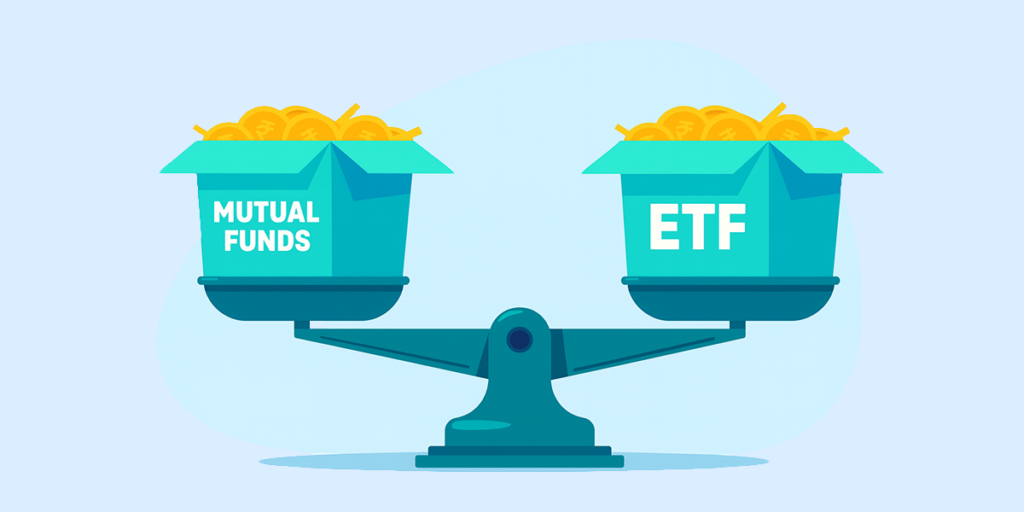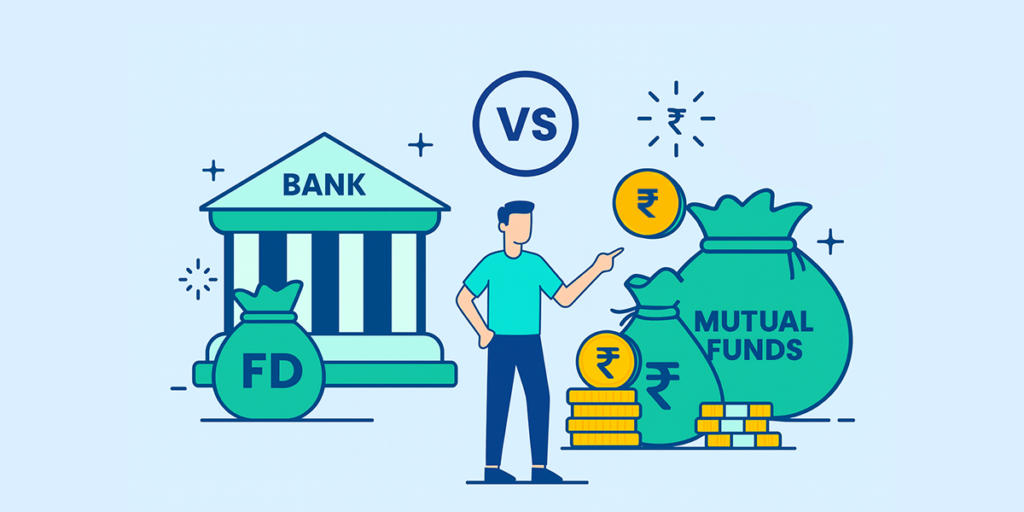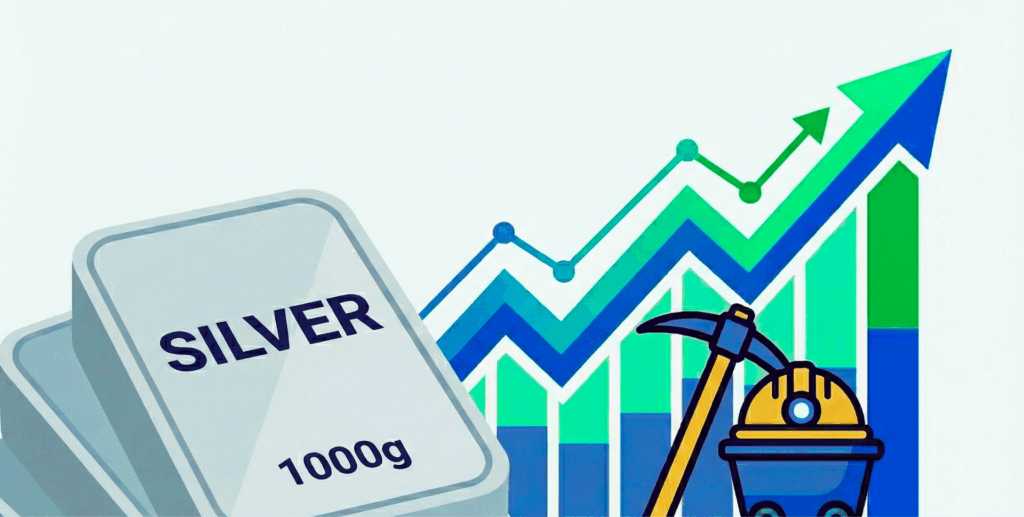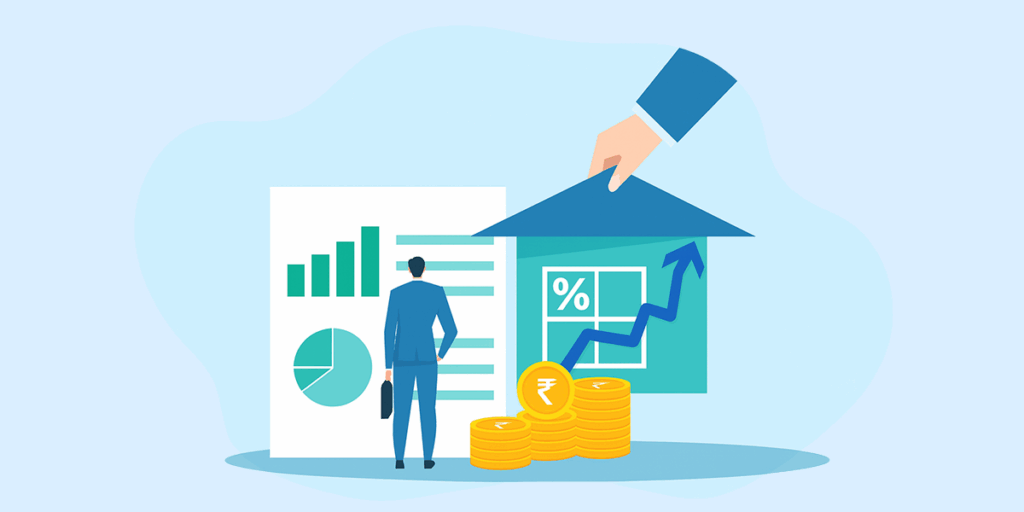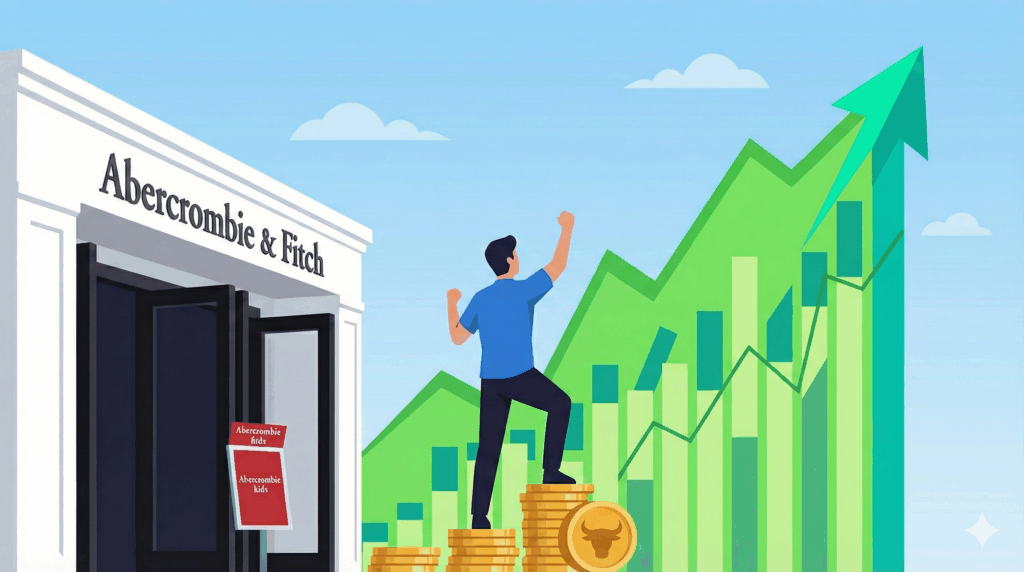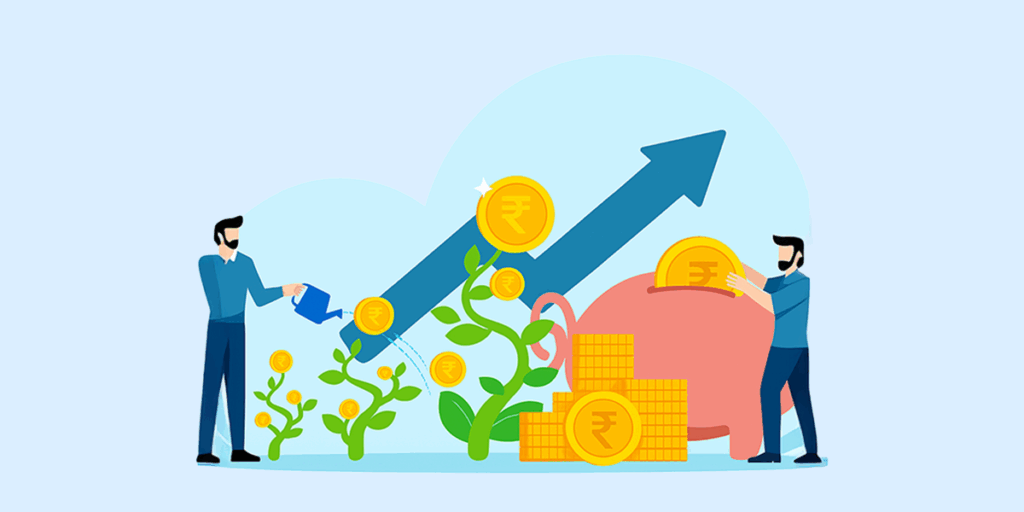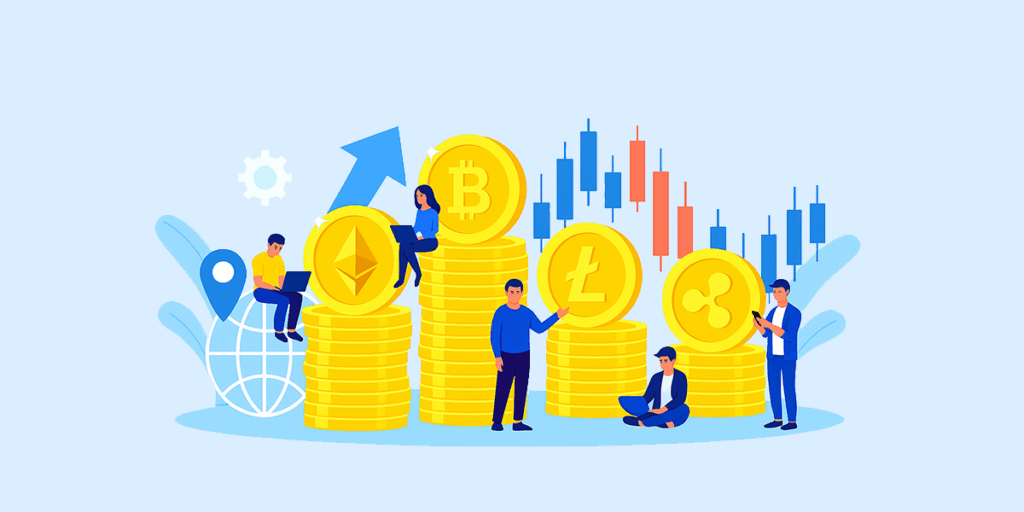The most remarkable part of wealth building is that you don’t need huge capital—small, consistent investments can grow dramatically over time through compound interest. The Power of Compound interest is the process of earning returns not just on your initial investment, but also on the returns already accumulated, allowing wealth to expand faster the longer it stays invested.
In this blog, we’ll break down how compound interest works, why time matters more than amount, and how you can use compounding strategically to build long-term wealth.
Key Takeaways
- Time is your greatest ally in compounding.
- Reinvesting returns accelerates long-term growth.
- Even small, regular investments can lead to significant wealth.
- Higher compounding frequency leads to faster growth.
- Consistency matters more than short-term performance.
- Understanding compounding helps set clear financial goals.
What Is Compound Interest?
Compound interest refers to the process where interest is earned not only on the original principal but also on the accumulated interest from previous periods. In simple terms, your money earns interest—and then that interest itself begins to earn more interest.
This is different from simple interest, where returns are calculated only on the initial principal amount throughout the investment period.
How Power of Compound Interest Works
Compound interest works by adding earned interest back into the principal, creating a larger base for the next cycle of returns. With every compounding period, the principal grows, so the interest earned also increases progressively.
How it works in sequence:
- You deposit / invest money.
- Interest is earned on that money.
- That interest is added back to the principal.
- The next period’s interest is calculated on this new, larger amount.
- Over time, growth accelerates.
Compound Interest Formula & Calculation
The standard compound interest formula is:
A = P (1 + r/n)^(n × t)
Where:
- A = Future value
- P = Principal
- r = Annual interest rate
- n = Compounding frequency per year
- t = Time in years
Example using the formula:
If:
- P = ₹50,000
- r = 10% per year
- n = 1
- t = 5 years
Then:
A = 50,000 × (1 + 0.10/1)^(1×5)
A = 50,000 × (1.10)^5
A ≈ ₹80,525
The Power of Compounding in Investing
Compounding becomes powerful when returns are reinvested consistently over long periods. In compound interest investing, gains such as dividends, interest, or capital appreciation are reinvested instead of withdrawn. This allows each new cycle of returns to be calculated on a larger base, accelerating long-term wealth creation.
Compounding applies across financial instruments such as:
- Mutual Funds (SIPs): reinvesting growth over long periods
- Fixed Deposits: compounding interest at set intervals
- Dividend-paying stocks: reinvesting dividend payouts
- Retirement schemes: continuous reinvestment of annual returns
Benefits & Advantages of Compound Interest
Compounding provides several financial advantages for long-term investors, but it requires patience and discipline.
| Advantages | Disadvantages |
| Accelerated long-term growth | Slow visible results initially |
| Helps hedge inflation long-term | Requires time and patience |
| Encourages disciplined investing | Withdrawal breaks compounding |
| Creates passive income potential | Returns can fluctuate |
How does compounding benefit long-term investment?
Compounding benefits long-term investors by allowing their returns to continually build on top of previous growth. The longer money stays invested, the faster it grows because each cycle generates returns on an increasingly larger amount. This is why long-term investing, especially with continuous reinvestment, leads to significantly greater outcomes than short-term investing.
How Compound Interest Grows Over Time
Compound growth depends on a few core factors that determine how quickly wealth can accelerate over the years.
- Time Horizon: The more years you stay invested, the stronger the compounding effect becomes. Growth is slower in the beginning and accelerates over time.
- Interest Rate: Higher compounding returns create larger gains over long periods. Even small differences in annual return rates lead to major differences over decades.
- Compounding Frequency: Assets that compound quarterly or monthly grow faster than those compounding annually, because reinvestment happens more often.
- Consistency & Reinvestment: Regular contributions and reinvesting all returns maximise the compounding effect. Interruptions slow growth dramatically.
Risks of Compound Interest
While compound interest is powerful for long-term investing, there are several risks investors should be aware of before relying on it as a primary growth strategy.
- Assuming higher returns always lead to better compounding: Investors often expect high returns to accelerate compounding, but volatile assets can disrupt growth, reduce long-term averages, and lead to unpredictable outcomes.
- Compounding works both ways in debt: Credit cards, personal loans, and revolving balances compound just like investments—except in reverse. Interest accumulates on unpaid interest, increasing debt rapidly.
- Inflation can reduce real returns: If the compounding rate is lower than inflation, actual purchasing power shrinks even though the nominal value grows. Real growth matters more than numerical growth.
- Short time horizons produce limited effect: Compounding is slow initially. Overestimating growth in short periods leads to unrealistic expectations and poor planning.
Real‑World Examples of Compound Interest
To understand the real value of compounding, let’s look at how a small investment can grow over time.
Imagine an investor starts with ₹40,500 and earns 10% annually. Below is how compounding turns a modest amount into meaningful long-term wealth.
Case 1: Simple Interest Growth
If the same ₹40,500 earns simple interest (10% yearly) for 10 years:
- Total interest earned over 10 years → ₹40,500
- Final value → ₹81,000
Case 2: Power of Compound Interest Growth
If the investor earns 10% per year and reinvests the returns:
- Year 1 → ₹44,550
- Year 5 → ₹65,242
- Year 10 → approx. ₹1,05,047
This growth happens because every year’s interest gets added to the principal and compounds again.
| Time Period | Approx. Future Value |
| 10 Years | ₹1,05,047 |
| 20 Years | ₹2,73,000+ |
| 30 Years | ₹7,10,000+ |
Conclusion
Compounding shows how steady contributions, time, and continuous reinvestment can turn even small amounts into meaningful wealth. The longer the horizon, the stronger the effect becomes, as returns begin generating more returns themselves.
The best way to benefit from compounding is to start early, stay disciplined, and allow time to work in your favour. Even modest investments can grow significantly when compounded over decades, helping you move steadily toward long-term financial independence.
FAQs on Power of Compound Interest
What is compound interest?
Compound interest is interest earned on the principal plus previously accumulated interest.
What is the formula for compound interest?
The standard formula is:
A = P (1 + r/n)^(n × t)
Why is time important in compounding?
The effect accelerates over longer periods, since each year’s gains build on a growing base.
How often should interest be compounded?
More frequent compounding (monthly or quarterly) generally leads to faster growth than annual compounding.
Can compounding work with any investment?
Yes, as long as returns are reinvested—mutual funds, fixed deposits, stocks, and retirement plans can all compound.
Are there risks to relying on compound interest?
Yes, market volatility, inconsistent returns, early withdrawals, and insufficient time can reduce compounding impact.
How can I maximise the power of compounding?
Start early, invest consistently, reinvest all returns, avoid withdrawals, and stay long term.
How do I estimate when my investment might double?
Using the “Rule of 72”: divide 72 by the annual return rate.
Is compounding only for high‑risk investments?
No, compounding applies to both low-risk and high-risk instruments.
What is the power of compound interest in wealth building?
It allows small investments to grow meaningfully by reinvesting returns over extended periods.
How to use compound interest to build wealth?
Invest regularly, reinvest earnings, increase contributions, and give investments enough time to grow.
Disclaimer
The information provided in this article is for educational and informational purposes only. It should not be considered as financial or investment advice. Investing in stocks involves risk, and it is important to conduct your research and consult with a qualified financial advisor before making any investment decisions. The author and publisher are not responsible for any financial losses or gains that may result from the use of this information.






